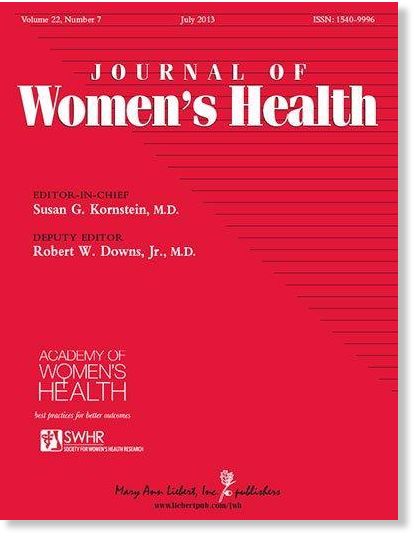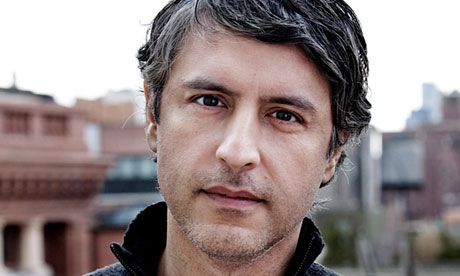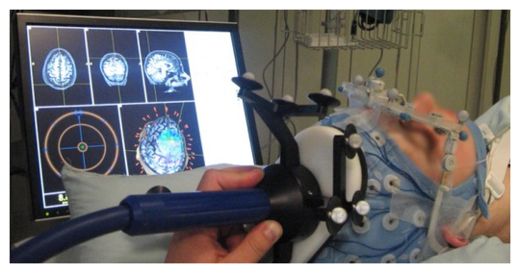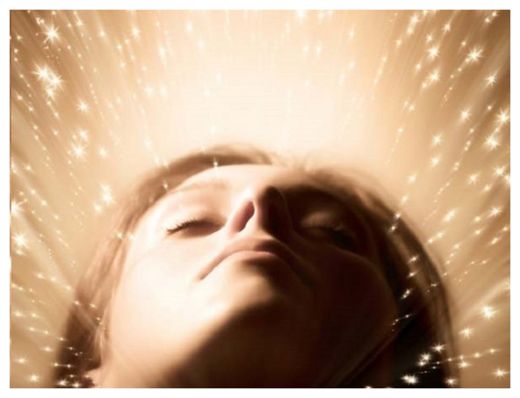
© Mary Ann Liebert, Inc., publishersJournal of Women's Health, published monthly, is a core multidisciplinary journal dedicated to the diseases and conditions that hold greater risk for or are more prevalent among women, as well as diseases that present differently in women.
Violent and abusive behavior against women, which can be both physically and emotionally harmful, gain societal acceptance when they are glamorized and normalized in popular culture such as books and movies. The main characters' relationship in the best-selling novel
Fifty Shades of Grey, for example, helps perpetuate the problem of intimate partner violence against women, according to an article in
Journal of Women's Health, a peer-reviewed publication from Mary Ann Liebert, Inc., publishers. To obtain a copy of the article, press contacts should email
journalmarketing1@liebertpub.com.
In "'Double Crap!' Abuse and Harmed Identity in
Fifty Shades of Grey," Amy Bonomi, PhD, MPH, Lauren Altenburger, BS, and Nicole Walton, MSW from The Ohio State University, Columbus, conducted a systematic analysis of the novel to elucidate patterns consistent with Centers for Disease Control and Prevention (CDC) definitions of interpersonal violence and associated reactions known to occur in abused women.
They conclude that the female partner, Anastasia, suffers harm as a result of her relationship with Christian. Specifically, the couple's interactions are emotionally abusive, characterized by stalking, intimidation, and isolation. Sexual violence is pervasive in the novel, including the use of alcohol to impair Anastasia's consent and the use of intimidation. Anastasia suffers stress, altered identity, and disempowerment/entrapment.




